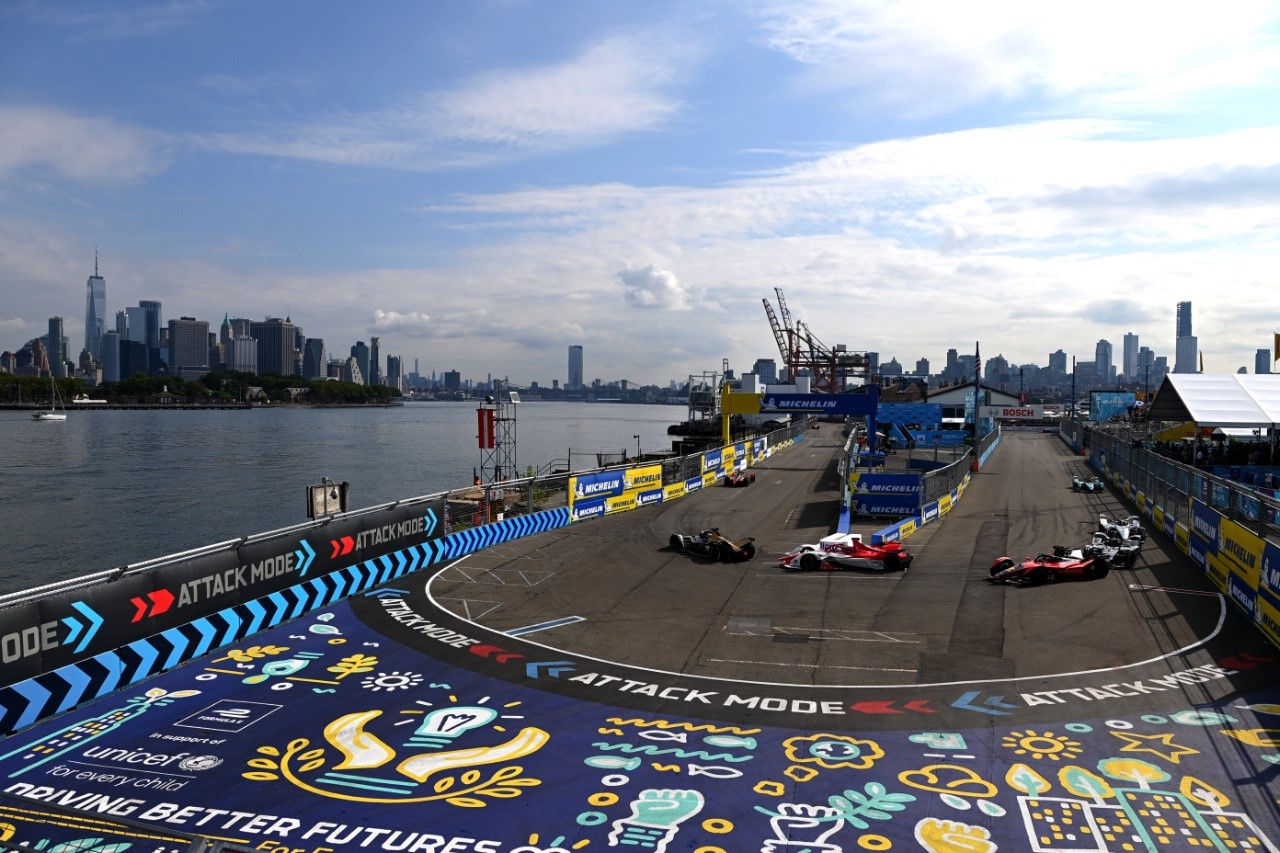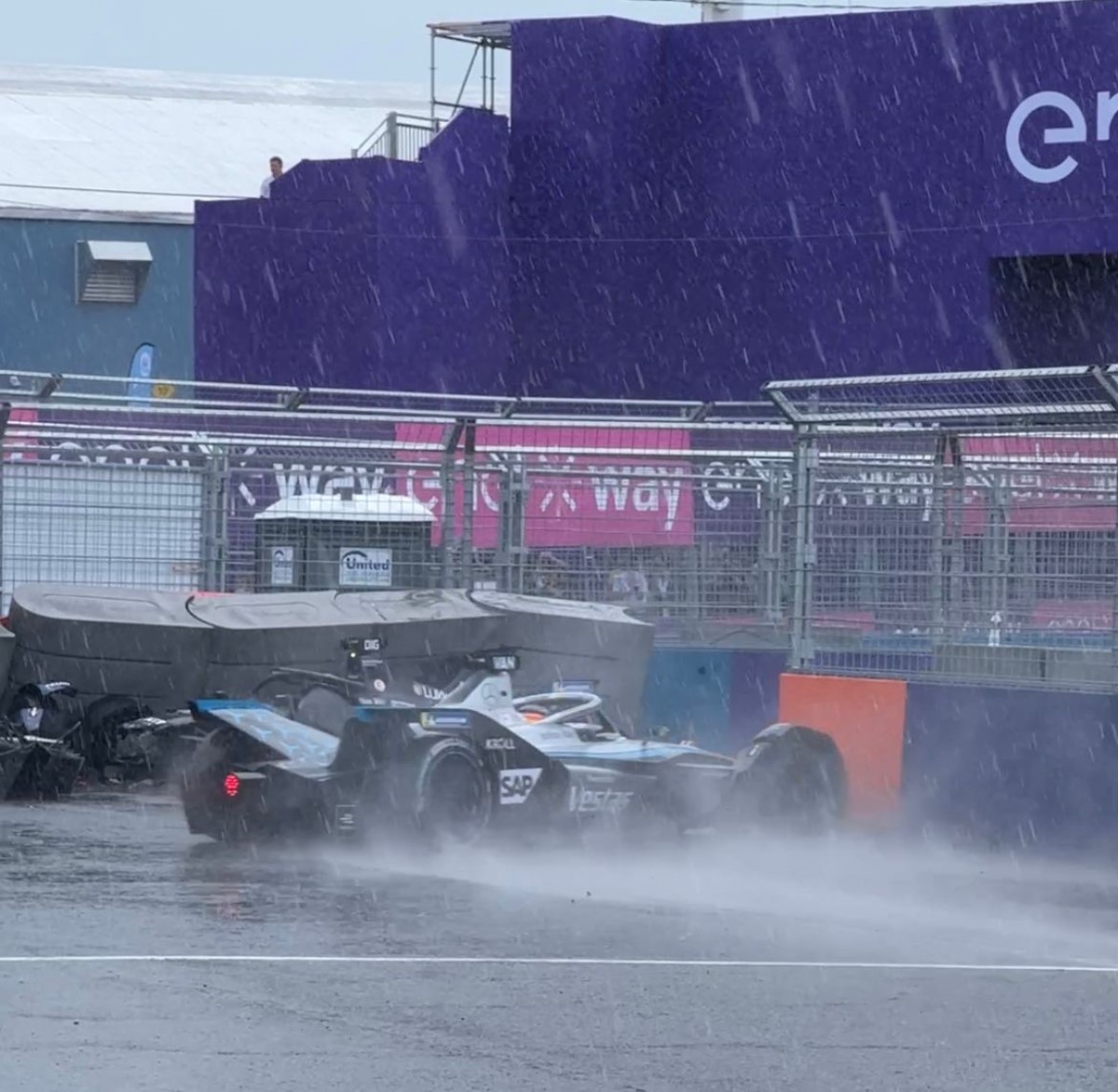Formula E: Brooklyn, NY races a failure, series won’t return
Actual ticket sales for the 2022 Formula E races in Brooklyn this past weekend reached 7,500, Formula E CEO Jamie Reigle told Bloomberg.
He said that was a “sell out.”
In a follow-up email, a Formula E spokesperson told Bloomberg the series saw 14,000 “attendees” across two days of racing this year in Red Hook, including guests with free passes. How many were free? Rumor says over 50%.
That’s down from 20,000 during the inaugural event in 2017.
By comparison, more than 240,000 tickets were sold at the F1 Miami Grand Prix and 400,000 for the US GP at COTA.
The spokesperson was unable to provide a specific average number of ticket sales per race anywhere in the world, but suffice it to say as most venues it is minuscule.
The numbers haven’t done much to convince the world’s most cutting-edge automakers to stay involved. In 2020, Audi announced it would not be returning. Later that year, BMW quit, too.
In August 2021, Mercedes announced it would leave after the current season.
With the rise of new rules in Formula One welcoming more electric technology implemented in the engines and F1’s burgeoning audiences, the smaller series had lost its usefulness.
The loss of interest from some automakers can only be described as a “very significant blow.”
The future of the New York race is in limbo. When Formula E released the schedule for the 2023 season, the city was not listed. It doesn’t help appearances that seemingly little effort went into promoting the New York event; almost no signage from title sponsors like DHL and ABB was anywhere to be seen in nearby neighborhoods from Williamsburg and Greenpoint to Carroll Gardens and Red Hook. Let alone anywhere in Manhattan.
Several dates for next season were left with “TBD” for locations.

Conclusion
Formula 1’s hybrid technology is more relevant to the future of passenger cars, as full electric EVs are costly and come with a multitude of issues that AR1 laid out previous.
- Range
- Temperature sensitive batteries
- Battery fires hard to extinguish
- Battery recalls
- Charging wait time
- No Standard Charging Plug
- High Cost
- Not as green as you think
- Toxic waste when battery has to be disposed of
- Slave child labor in Africa to mine the natural resources needed for the batteries
The visceral sound of an internal combustion engine is what draws fans to NASCAR, F1 NHRA, and IndyCar.
Very few fans want to pay to watch sewing machine sounding cars race around the track.
Formula E’s future as a sport is dubious at best. As a technology development showcase, it works, but with all the gimmicks such as fan boost, catching on as a popular sport will forever be difficult.
